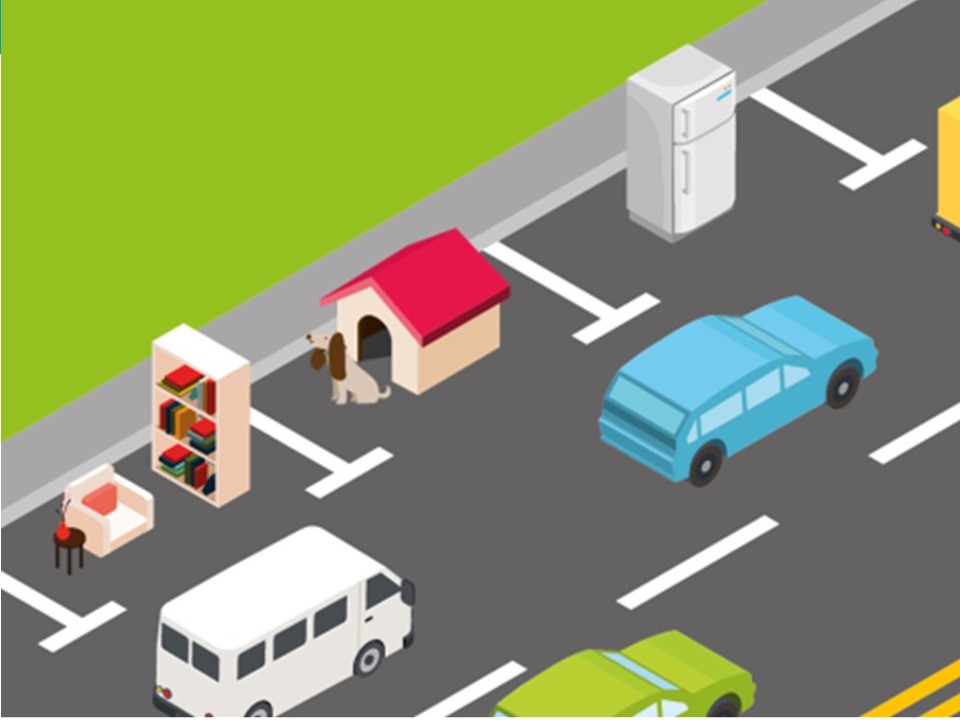
Key facts
I was shocked by the tiny proportion of trips in New Zealand that are undertaken by public transport or walking (less than 10% for each), even in towns and cities (except Christchurch). There are large costs to society from the use of private motor vehicles; these externalities are not paid by car users but by tax payers and the individuals exposed to air and noise pollution and those injured by cars. The families of those harmed by these effects from motor vehicles also suffer financially and emotionally.
It has been estimated that increasing active travel would prevent 1,300 deaths annually in New Zealand overall, whereas a move to autonomous vehicles would result in an additional 600 deaths per year overall.
New Zealand has socio-economic inequalities in both benefits and harms from transport – possibly even more so than in the UK.
A car park in Christchurch cost $32m, paid for by ratepayers, yet there are complaints about paying for cycleways – even though there were 40,000 trips cycled in Christchurch in 2018.
Active travel to school (as has been shown in adults for commuting) is in addition to other physical activity, not a replacement of other forms of physical activity, in general.
School bags are (too) heavy, causing postural problems and discouraging active travel.
Key lessons
- How important it is for researchers to engage with politicians and the community at an early stage in planning research, and to work collaboratively across disciplines and organisations throughout a project, not just when disseminating findings at the end.
- It is important to examine walking and cycling separately, in terms of barriers, facilitators, attitudes, policies and interventions and not assume that anything regarding ‘active travel’ applies equally to both modes. There are also other active modes (non-motorised scooters, skateboards) that should be considered in planning, both as modes to increase physical activity and to consider the impacts on other active travellers.
- Children’s views are important. Walking to school can provide time to talk with parents and with friends. A child’s-eye view of the street can also yield important perspectives.
- The concept of ‘lovable cities’ – which combine the best aspects of complete streets, healthy streets, and green streets, welcoming people rather than vehicles. Such streets would lead to slowing the motor traffic and prioritising conditions for, and valuing, people rather than prioritising those who have isolated themselves in mobile metal boxes.
- The importance of changing the language if we want to change long held views and assumptions. For example,why do politicians and the road lobby talk about investing in roads but subsidising public transport?
- The importance of learning from behavioural science to change people’s longstanding behaviours: physical activity must be FUN: Fulfilling, Useful, and/or Necessary.
- The importance of considering ‘the messy bits’ between infrastructure research/engineering and consumer decision research, e.g. legislation, regulations, enforcements, media reporting and advocacy, cultural and societal norms.
- The need for connectivity. This probably related to streets and/or different transport modes but also relates to multi-disciplinary and cross-organisational working (and even working across departments within an organisation)!
- Economic evaluation must include values as well as costs, and not just economic values.
- Social media, advertising and marketing influence people’s perceptions of travel mode.
- I learnt the concept of ‘availability bias’ – being influenced by the most recent news (even if it is about a rare event, such as a cycling fatality).
- I also learnt about ‘adaptive challenges’ (versus technical problems). Read an earlier blog to find out what these are!
- As one of the participants said, we should be aiming for ‘opt in’ not ‘opt out’ when it comes to active travel modes.
Visual images
There were some fabulous slides shown during the three-day symposium. My prize for an infographic goes to Alexa Forbes’s slide from Vancouver of societal costs of travel.

My favourite slide was about why parking is so accepted but the concept of storing public property on public streets is, frankly, weird!

Final thoughts
‘Active living’ and ‘transport and health’ are overlapping Venn diagrams. The more people there are in the overlapping area, the less important the other parts are for health and especially for negative impacts on other people. ‘Active living’ and ‘transport and health’ also overlap with sustainability (‘co-benefits’ in current jargon).
Mode shift is a ‘wicked problem’ but a raft of interventions and policies can work synergistically and can be effective: we can learn from successful approaches with other problems, such as tobacco control. For a healthy transport system, we need to improve the built environment, change cultural and social norms, provide information, advocate, and change the fiscal and legislative environments, with political commitment and funding. Easy! We also need to remember ‘latent demand’.
Finally, there are many opportunities for collaborative research projects. Count me in!